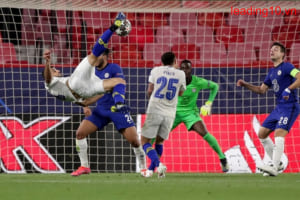I STILL SHOOT FILM

Guest Post by Brendan Barry
Brendan Barry is a photographer whose creative photographic practice combines elements of construction, education, performance and participation. His work is mostly concerned with the transformation of different objects and environments into spaces capable of viewing and capturing a photographic image, using the mechanics of photography as a tool for exploration and collaboration. View more of Brendan’s work on his website or follow him on Instagram.
A couple of years ago I got really into making cameras.

Since I was a kid I had been fascinated by photography and the mechanics of how an image is created, so, after years of thinking about it, I finally got round to making my own. And then I got hooked!
So far I have turned various existing objects into cameras – a pineapple, an old black and white darkroom enlarger, a log, a lamp. Converted spaces – a lift, a hostel boot room, a table, shop, alcove, a balcony, a shephard’s hut, a gallery, multiple classrooms.
And built cameras from scratch out of materials including plywood, sterling board, cardboard and even Lego. The nature of each camera precipitates a certain type of picture and reaction from the audience, both of which can be really unexpected. Last summer I built a camera out of a caravan, it was the most rewarding experience of my life! Being able to invite people inside the camera and use it as a tool to create, teach and inspire was so exciting!
I am interested in pushing the boundaries of both the scale and the public engagement of what a camera is, what it can do and how one can be constructed. Taking the whole notion of what a camera might be and unpicking these preconceptions, creating new ways of inviting an audience into having a transformative experience in a space in order to create an environment for observing the outside world and reflecting on how we perceive it when seen in a different way.
One of the elements of this approach that is the most exciting is the engagement of the audience, creating a space that is at once a camera, a darkroom, a studio, a classroom, a space for reflection and contemplation. I lecturer in photography at Exeter College in Devon and any opportunity we get to build a camera we do! From the simplest box pinhole camera to an entire classroom.
The first camera I built was a (very rudimentary) 16×20” ultra large format camera out of a bunch of plywood, a pane of glass and some cheap blackout material from the local fabric shop. I borrowed a 20” military aerial lens off a friend and put it to use.

The camera itself was rather awkward to use however, the dark slide I had made wasn’t very light tights and you needed to be near a darkroom ideally so you could develop what you were doing as you went along as I was shooting paper negatives with it. I decided it would be easier to build something bigger that I could climb inside and operate from within, so I built a shed. This was basically a 8ft x 4ft sterling board shed with a lens sticking out one end and a classroom white board inside to act as the viewing plate instead of a ground glass and film holder. This worked a treat, I could shoot in the shed, put the paper in a light proof bag and take it to the darkroom at the other end of my studio. The only problem then was, I was stuck inside and confined to the studio (although the camera shed was on wheels, it wouldn’t fit out the door even if I wanted to take it outside!).
So then I bought an old caravan and turned that into a camera. This was to work in the same way as the shed but would have a darkroom inside it as well so I could take it on the road. I bought the caravan off eBay for £150, gutted it, blacked it out, painted it, built a mount for the lens and space for darkroom trays, moved the white board from the shed and took her out to shoot. I parked it up at a local pop up theatre space in an old boat shed and spent part of the summer making 16×20” paper negative portraits.

The Pineapple Camera came randomly one day walking round a super market. It takes 120 film and has a fixed focal length, which is approximately a stretched out arm away, so it’s perfect for selfies!!
There is a coffeeshop and bakery (The Exploding Bakery) opposite where I work who make amazing sough dough bread, I was working in the studio one day and popped out for a coffee, saw a loaf and thought, ‘that would make a good camera!’ (You can tell by now most of what I do is not very thought through and usually happens on a bit of a whim!).
Credit for the Lego camera must go to Cary Norton (a great American editorial photographer), I came across his design in a book one day and decided to make my own and adapt it to take a 4×5” Polaroid back and use up some Fuji FP100 4×5 film I had going off in the fridge.
The Enlarger Camera was a no brainer really, I mean, they are basically half way to a camera already! I simply took the head off, turned it round, made some bellows, added a different lens, cut a hole in the base plate and fitted a large format back. This camera is designed for super macro close ups.
I use a variety of materials to capture an image. I have a bunch of 4×5” instant film that I mentioned I use on many of the larger format camera like the Lego, the log and the enlarger. With the larger room cameras I tend to set up a darkroom inside the camera and use photographic paper to make paper negatives and then contact print them onto another sheet of paper to make a positive there and then in the camera with the wet negative print.
I’m really passionate about the sharing of knowledge and ideas around the processes I use. Whenever possible I share how the cameras are built or when appropriate invite participants into the giant cameras and collaborate in the making of their portrait, exploring how people engage with the experience, both inside and outside of the camera, in front or behind the lens, and how one effects the other.
I am of course no engineer or professional camera builder! There are people out there creating the most exquisite, intricate and technically sound machines that I could only dream of being able to make! My cameras, and the images I take with them, aim to inspire others to play with photography, to break the rules, make up their own and have some fun along the way! A photograph is the result of a series of creative processes (the design and build of a camera, the constructing and capturing of the image, and then the developing, printing and sharing of it). I believe that the seeing and being a part of the whole journey, from start to finish, can be as if not more interesting that the end result on its own.

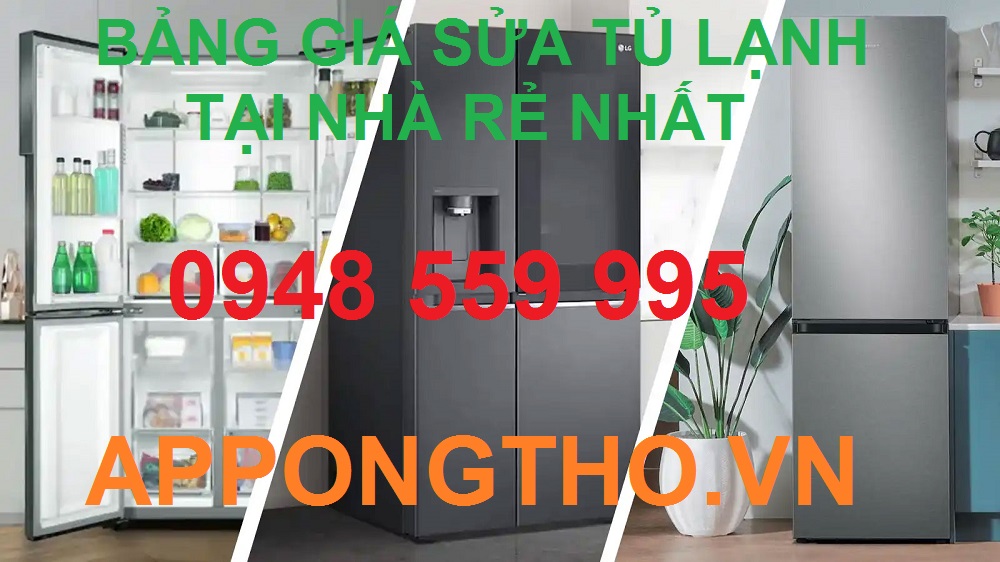
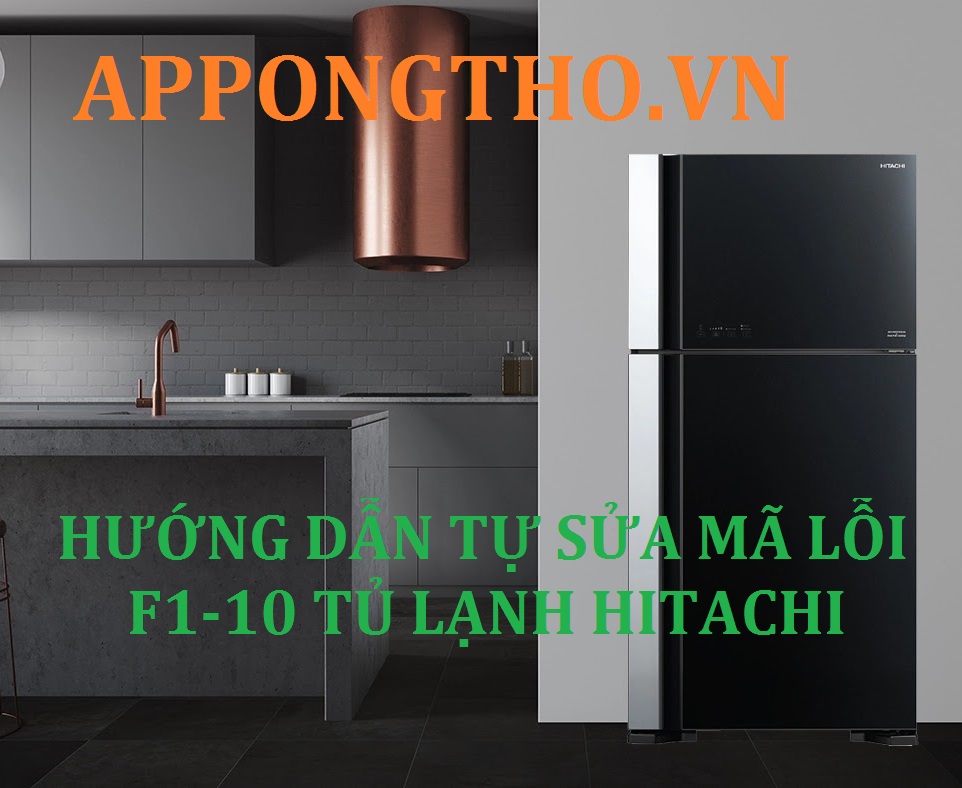
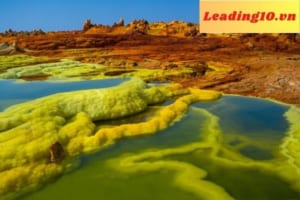
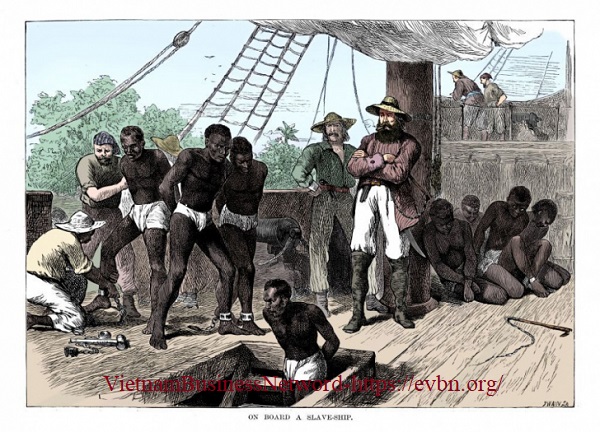
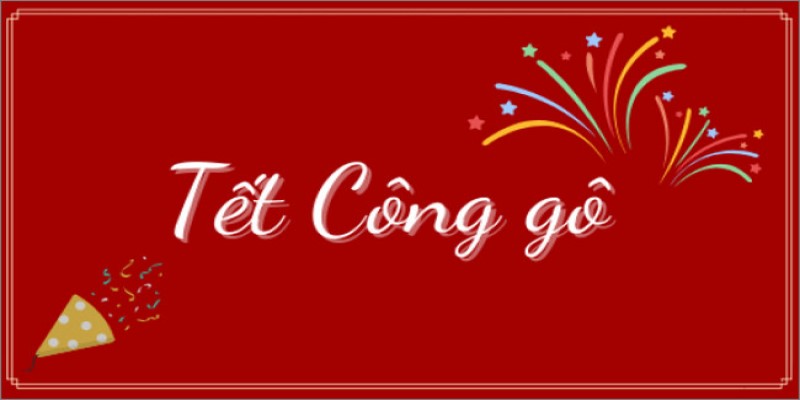

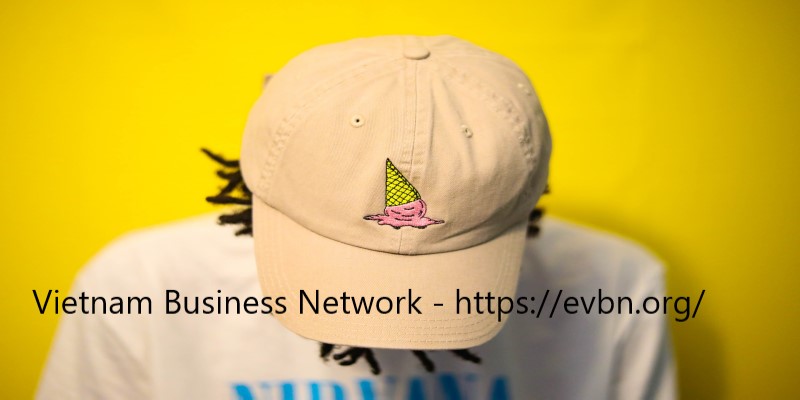


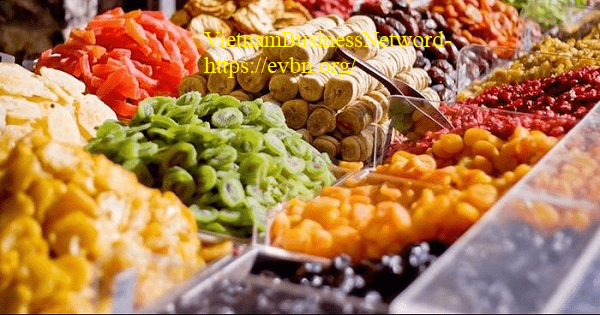

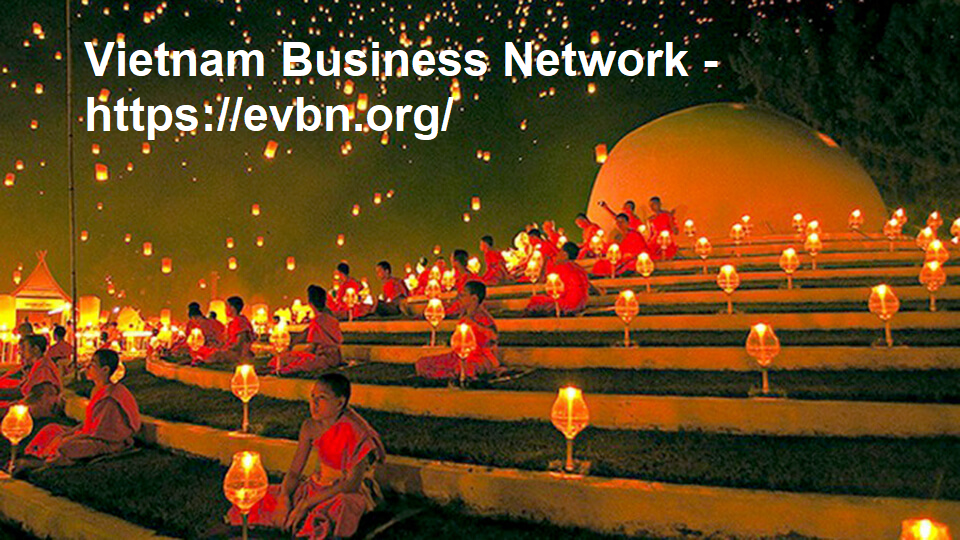
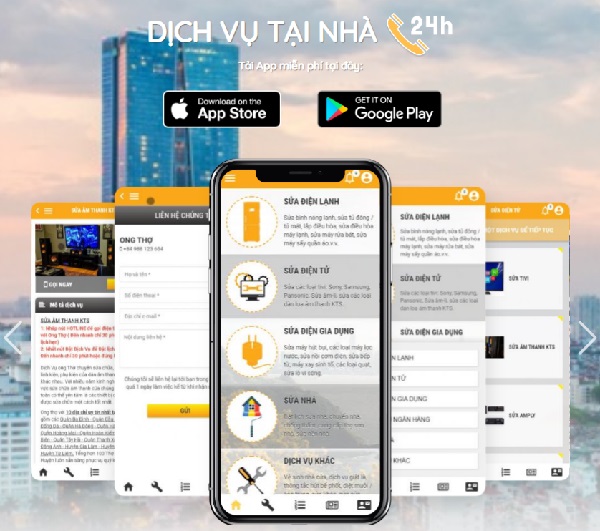

![Toni Kroos là ai? [ sự thật về tiểu sử đầy đủ Toni Kroos ]](https://evbn.org/wp-content/uploads/New-Project-6635-1671934592.jpg)
